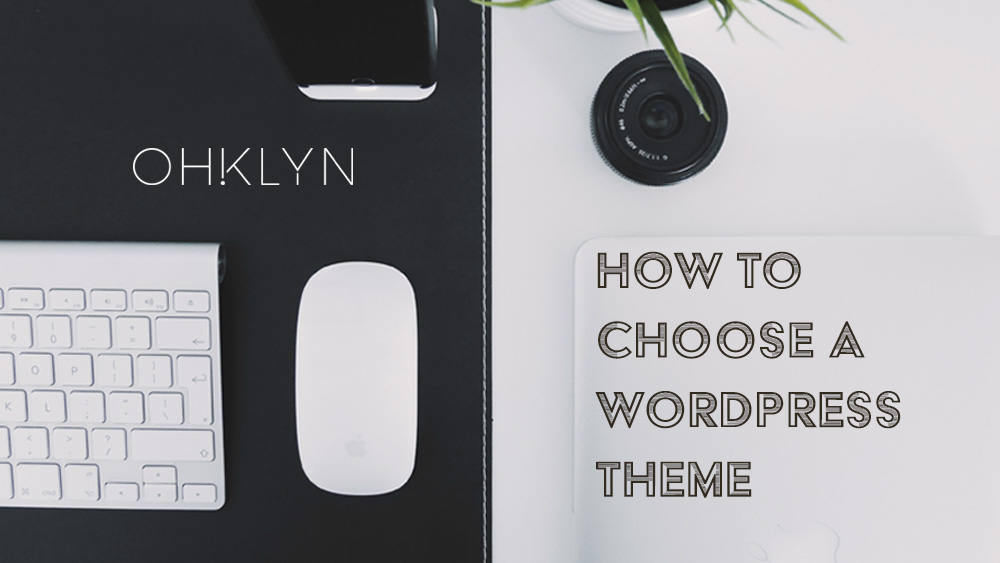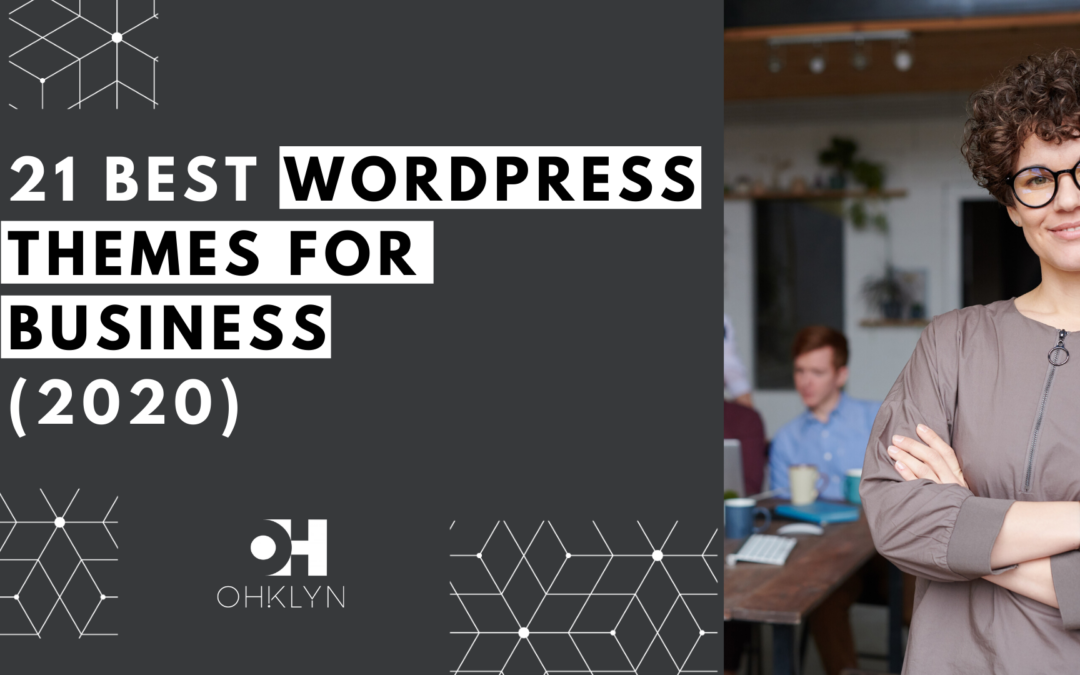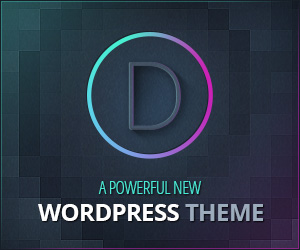Choosing a WordPress theme can be a daunting task if you don’t know what to look out for. Never fear, in this article we show you how to choose a WordPress theme that’s perfect for you, and give you the tools to help weigh up your options.
Below are some of the key criteria we consider when evaluating WordPress themes and their appropriateness for a given application. Obviously each industry and application is different, but considering these points will help you make a more informed decision.
Page load speed
One of the most important things to consider is how fast a theme loads. Now it can be hard to evaluate this in a way that keeps all things equal. Obviously you generally only have access to a demo site with different images to the next theme, but there are tools you can use to measure the different factors affecting page load speed.
Pingdom is one of my favourite tools to use when evaluating page load speed. It does give you an overall speed and rating for the page load, however to keep all things equal we need to dig a little deeper.
I will firstly look at the number of requests to the server, as keeping these to a minimum is preferable. Now it is important to note that sites with more advanced functionality are naturally going to have more requests. For this reason you need to make sure that you are comparing apples with apples in that regard also.
The next component I like to look at is the “Content size by content type”. Here we can see a breakdown of the total page size into various content types. I generally look at the overall size of the CSS and Script components as the other elements can vary. Often different sites are going to have a variable amount of content on the page. Once again we need to consider that sites with more advanced functionality will have greater CSS and Script requirements. Be sure to consider that in your evaluations.
Google’s PageSpeed Insights is another great tool. You can use it to get an out of the box measure of a theme’s page load speed. It will also highlight any inherent issues with the code itself.
Ideally you want to avoid themes that do not have minified HTML, Javascript and CSS files and those which have a high level of render-blocking Javascript and CSS in above-the-fold content.
Ease of use
This is an area where you need to consider the lowest common denominator. By this I mean you need to think about the users who will be visiting your site and how tech savvy they are. Given the variance in technical ability across most user bases we need to do our best to evaluate whether a theme’s navigation and interactive elements are intuitive enough that the least savvy user can find their way around the site and interact with all of your content.
Attractiveness of design
Now design is always a contentious topic. There are many people out there who consider themselves to have a good eye for design, but everyone’s tastes are different. That being said, the best designs are those that will be pleasing to the majority of your intended audience.
Some things to consider are the choice of fonts, text size and general spacing between elements on any given page.
A good approach is to go out and survey 5 to 10 people who fit your intended audience, and get their perspective on which of your theme options are the most attractive.
Mobile responsiveness
Ensuring your website is mobile responsive is absolutely imperative in this day and age. For this reason we believe it to be vital to perform a thorough evaluation of how a WordPress theme responds in the mobile environment.
One of the most important functions is the navigation at mobile level. Is it easy to move around the website? How nicely does the theme handle sub-menus? These are very important questions.
Additionally, images are also important. We always look at how images are resized for mobile devices and how intuitive gallery modules are to operate.
If a theme is going to offer e-commerce integration, you need to make sure they have considered the mobile user in their planning. Test out the theme demo on a mobile device to ensure it provides a great user experience.
Google’s Mobile-Friendly Test evaluates many of the important criteria for ensuring a user-friendly website for mobile devices, including what are known as tap targets and how appropriately sized these elements are displaying for mobile users.
Extensiveness of functionality
This will be different for each industry, but not all themes are created equal. Just because a theme says it is built for a specific application does not mean it will be ideal. Often we see multi-purpose themes just packaged as being a theme specific to a niche due to the fact that they know there are a lot of people looking for a theme for that niche.
The best theme developers will go the extra mile to understand the industry they are developing for. This will include the potential requirements specific to that industry, focussing on the types of interactions the site owner is likely to want to have with their users, and ensuring their theme delivers an intuitive set of functionality on both ends.
Summary & recommendations
By considering the primary factors that impact the performance of a WordPress theme, such as page load speed, ease of use, design, mobile responsiveness, and functionality you are more likely to create a successful website, and improve the user experience for your visitors.
We’ve reviewed hundreds, if not thousands of WordPress themes by category and niche. To review our findings, check out the WordPress theme reviews section of our blog.

















